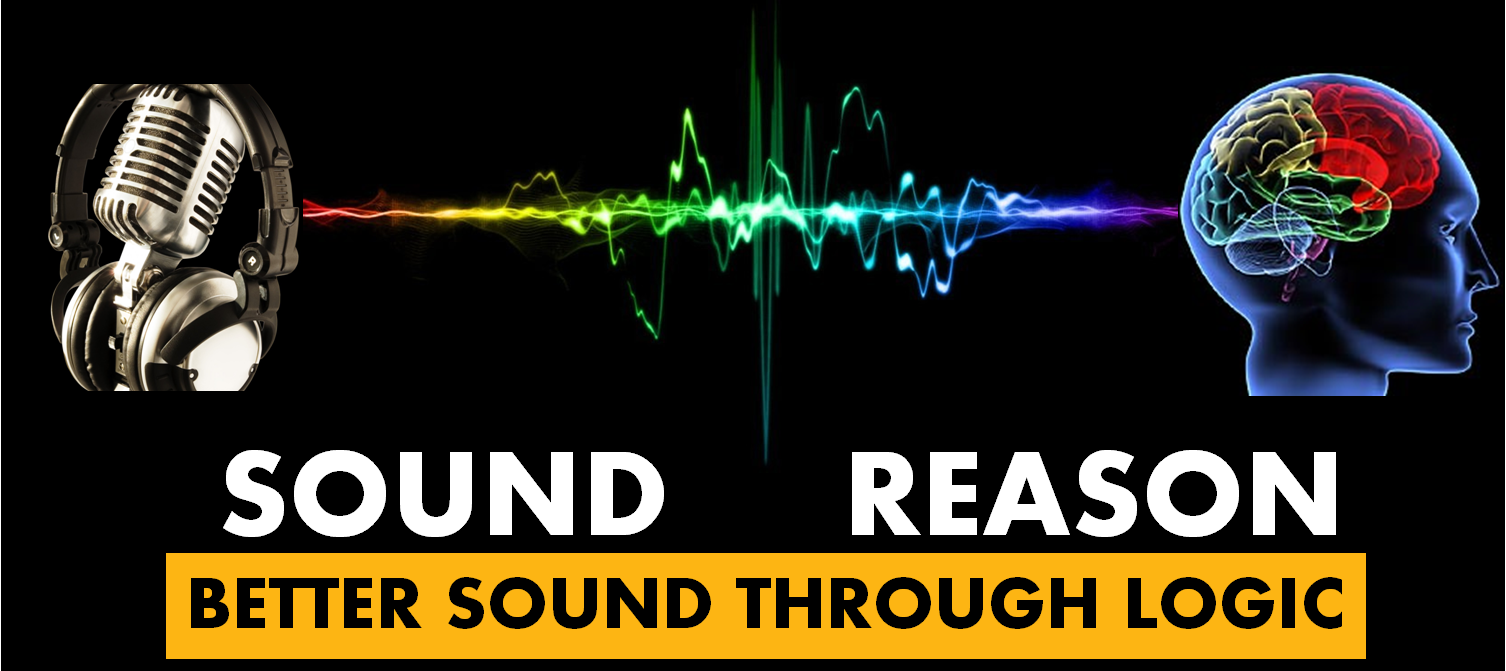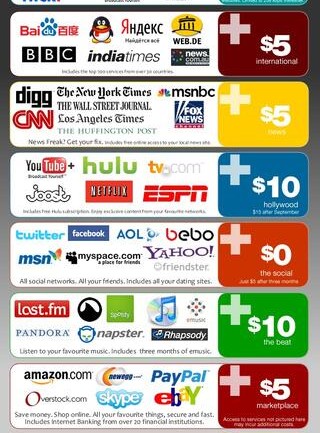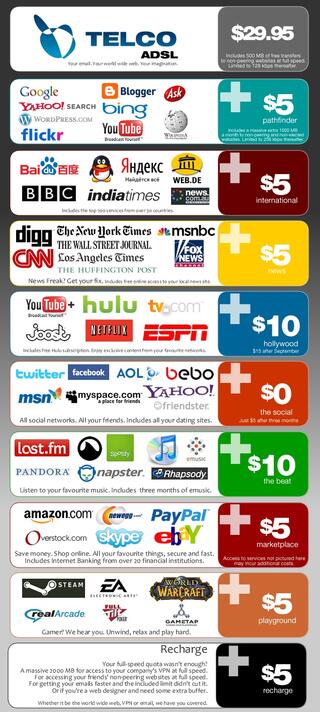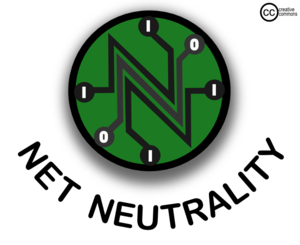I can’t get away from it these days! Everywhere I turn the A/V industry is talking about 4K displays and the continuing decrease in the costs of the hardware. I wake up in the morning and the local news station has a “technology expert” talking about what 4K is and how it’s different than HD (I still struggle to believe it took news outlets this long to inform the customer base in such a widespread way). I come to work and read the general news outlets to find at least one article per day discussing the impact on consumer electronics (though it would be nice if they figured out that 4K and UHD are NOT the same thing). I do take a little pride in the fact that the stories being reported mention things I touched on in my piece on the REDBANDAV site after InfoComm 2013 (http://redband.avshout.com/your-phone-vs-4k-who-wins-the-content-war-4/). But with that onslaught of information to the public’s eyes and ears, did the US court system just find a way to inadvertently slow the 4K adoption without anyone noticing?
Last week the United States Court of Appeals for the District of Columbia struck down the FCC order for net neutrality. If you’re unfamiliar with net neutrality, the general idea is that all broadband service providers have to treat any information passing across their network as equal. This means that they cannot prioritize the order of information that passes and they cannot alter the costs for different types of data that travels across the network. When the Court struck down this ruling, they gave the Internet Service Providers (ISPs) the ability to adjust the costs of their services based on the type of data being transmitted and received. So while your access to Google, Yahoo!, and other commonly used sites might not alter your monthly costs, the use of YouTube, Netflix, Pandora, Spotify, or any other streaming media service could suddenly start to cause your bills to creep up. These costs might not appear in your broadband bill as the ISPs could put that added cost on the media providers, but those companies will want to recoup that potential loss somehow.
So, why would this have any effect on the adoption of 4K displays? Right now there is practically no hard copy 4K content. Sites like Netflix and YouTube are doing a great job of publicizing their ability to provide 4K streaming content in the near future which would be a great reason to update your home theater so that instead of streaming the current HD content, you could be one of the first on the block with the highest resolution available. However, the thing to keep in mind here is that with the increase in resolution comes an increase in file size; and with an increase in file size comes a much larger consumption of data for your home broadband service. So that “typical” movie (let’s say 90-100 minutes) that you are currently streaming in HD will suddenly require 100 GB of your monthly data allocation which is exponentially larger than current HD file sizes. And with the ISPs ability to now charge more money for that kind of content, we could see a drastic slowing in the adoption simply because of the potentially severe increase in monthly service cost just to view that kind of content. Let’s not forget, too, that the ISPs are starting to put data caps on some of the service plans. When you reach your allocated data usage for the month the speed at which you can download and upload decreases drastically, making streaming that 4K movie something that you could start on Monday and maybe finish sometime Wednesday, or later.
If your ISP is suddenly charging you a great deal more money for the same service, then why not just switch? That was the general response from the US Court of Appeals, and applause to them promoting a free market economy. However, just because they have an ideal of this keeping the ISPs competitive, let’s not forget that all regions are not equal in the number of ISPs available, nor are they equal in the capabilities of the ISPs. So certain, more urban, regions could have much greater speeds and multiple options which would allow them to keep costs down, but once you venture into some of the more rural parts of the country there may only be one broadband service provider available. While they may have had a monopoly previously just due to being the only company in the area, now there’s nothing to stop them from varying the cost of their service based on data consumption. Seems a little unfair to the little guy, doesn’t it?
With this change in the ruling of how internet data can be treated by the service provider people may come to find that while the hardware is coming down in cost almost at terminal velocity, they could begin to see a steep uphill climb in the cost of the service to use this great new technology that never ends. The best comparison you can make is this has the potential to work just like the cable companies currently do. They’ll provide you standard definition content for one cost and High-Definition content for another. If you want to take advantage of that shiny new 4K display hanging on your wall, you may no longer have the choice but to pay for the added monthly costs just so you have enough data to finish the second season of House of Cards on Netflix.





Pingback: Netflix to pay Comcast- good or bad idea?
Pingback: Net Neutrality Posts | Sound Reason